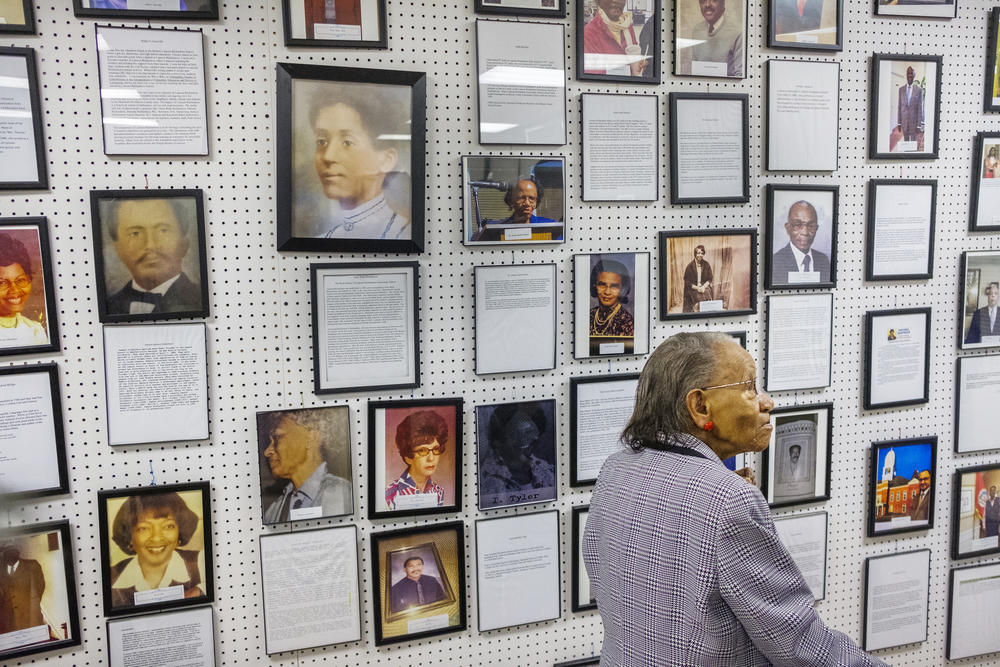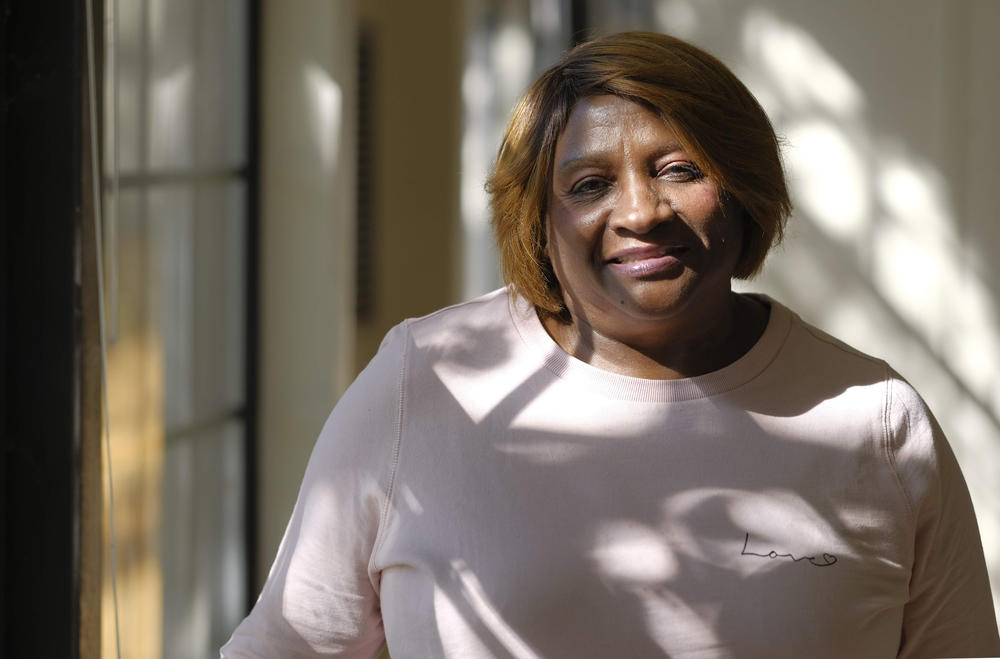Caption
There are luminaries in the history of African-American Education, names Booker T. Washington, Lucy Craft Laney and Mary McLeod Bethune. But less well known are the other names behind the dozens of schools dedicated to educating black children in the Jim Crow South, names like Anna Wade Richardson
Credit: Grant Blankenship/GPB



